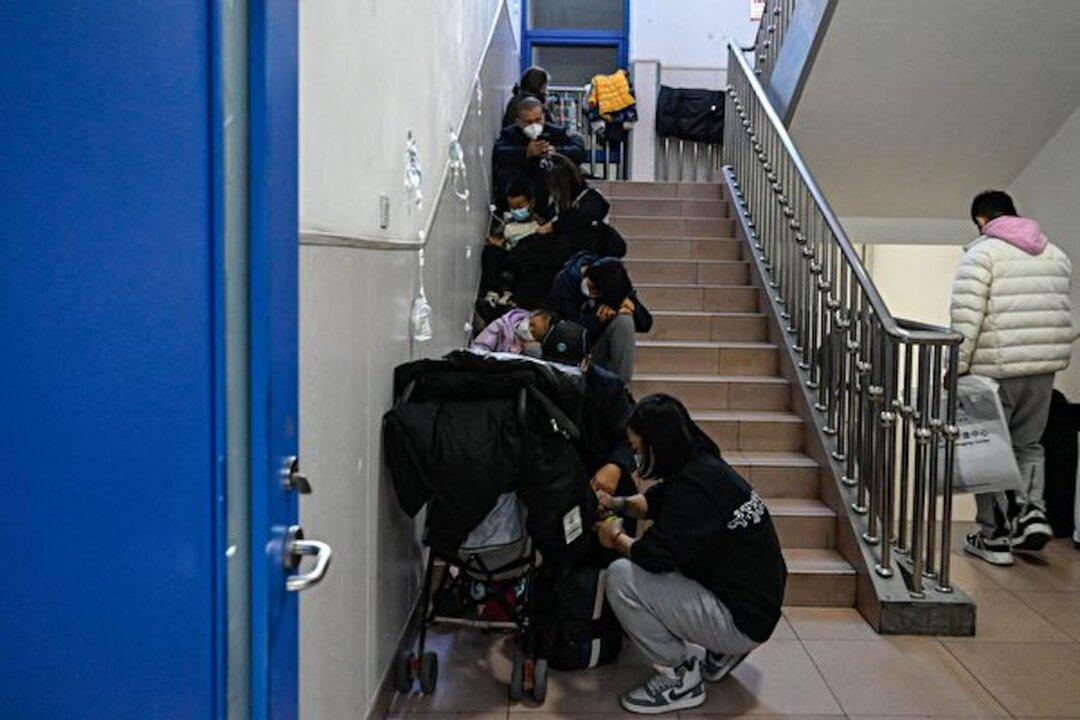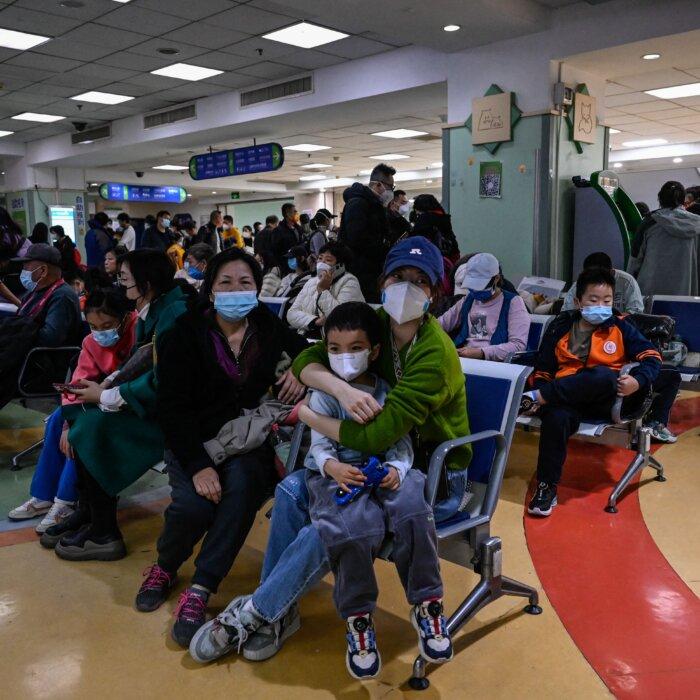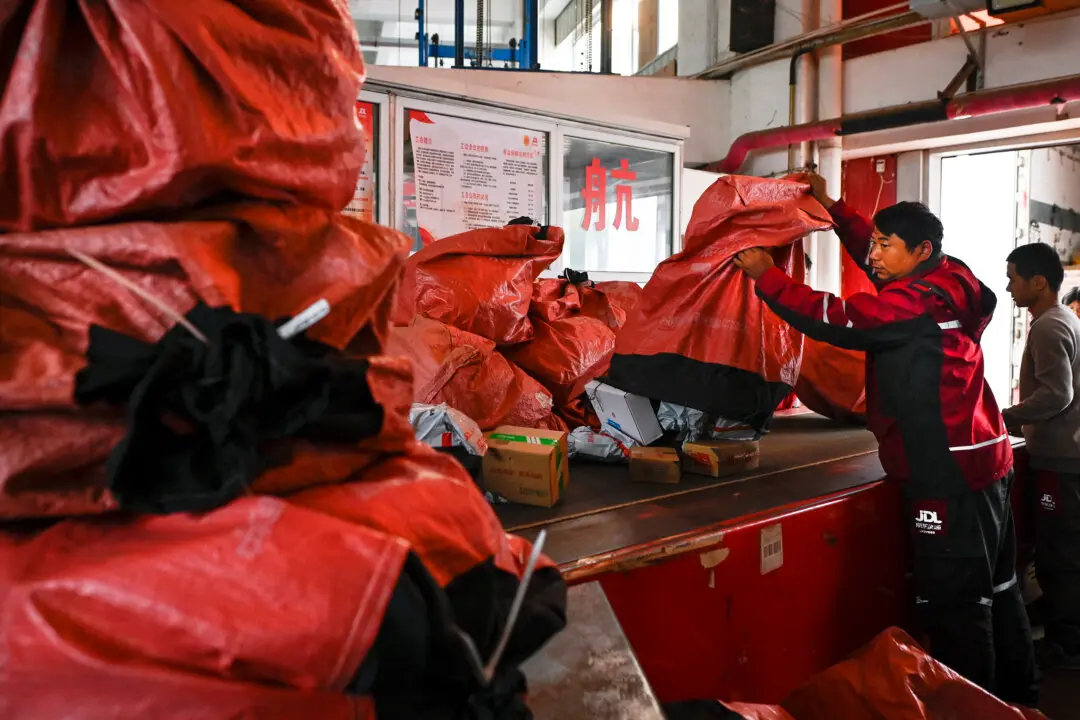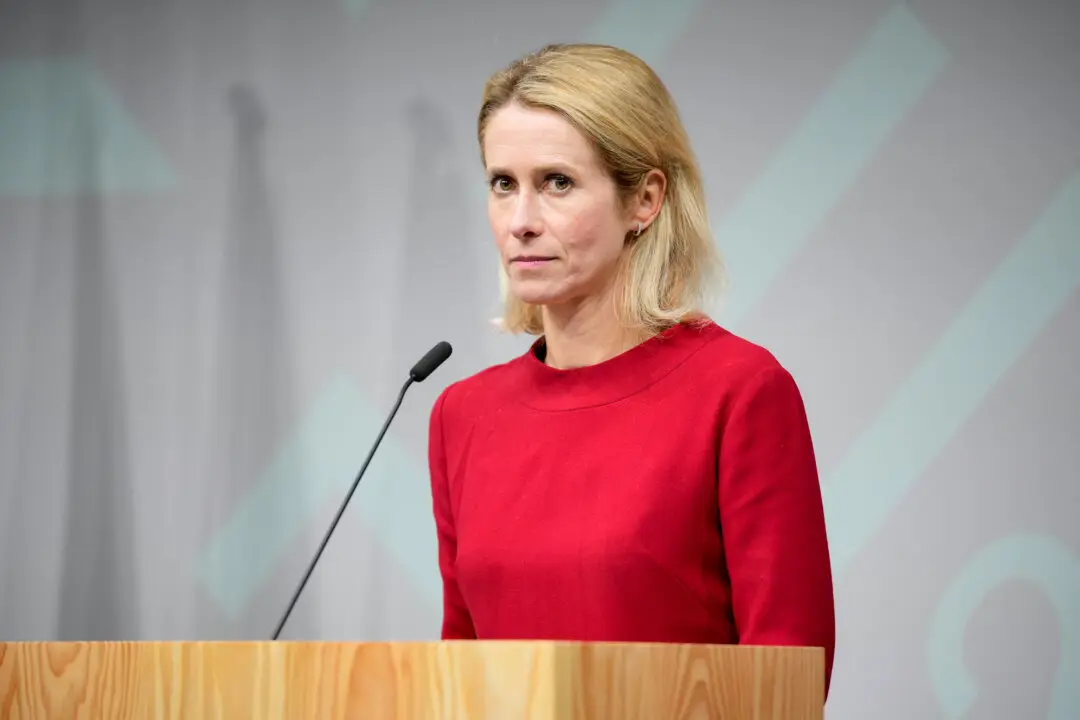China has responded to the World Health Organization’s (WHO) request for data regarding its spike in respiratory hospitalizations and clusters of undiagnosed pneumonia in children and increasingly adults around the country.
The attention from the WHO is concerning an “undiagnosed pneumonia” outbreak that is raging through the country, with many sick children overwhelming Chinese hospitals. But it’s reported that the outbreak in China has also spread to adults, with many medical staff reportedly infected, as well as possible cases reported in a neighboring country.
CCP officials responded to the WHO’s request by saying that no “unusual or new pathogens” have been found in various regions, including Beijing and Liaoning Province, and no abnormal clinical manifestations have been found. The CCP acknowledged a general increase in respiratory diseases but said it is caused by multiple known pathogens.
Chinese authorities then claimed on Nov. 21 that multiple respiratory pathogens, such as the influenza virus, RSV, SARS-CoV-2 which causes COVID-19, and most significantly the mycoplasma pneumonia bacteria, are causing the mixed respiratory infections seen across the country.
The WHO said of China’s response, “Some of these increases are earlier in the season than historically experienced, but not unexpected given the lifting of COVID-19 restrictions, as similarly experienced in other countries.”
All Age Groups Infected
Mycoplasma infections have been seen in cyclical epidemics every three to four years, with previous upticks in 2011, 2015, and 2019. The infections typically don’t require hospitalization, although historically, young children with weak immune systems have been prone to developing more severe symptoms from the disease.On Nov. 24, ProMED posted a message by a doctor named Robin Motz saying that the “undiagnosed pneumonia” was not limited to children. “I have heard from a fellow doctor in China. The viral pneumonia is an epidemic and affects all age-groups. It is very frequently followed by a bacterial pneumonia which is susceptible to levofloxacin,” Dr. Motz said. Levofloxacin is an antibiotic medication.
“COVID-19 has never really disappeared in China, and I think the officials are still covering it up,” he said.
A video on social media shows the Liaoning Province Chinese Medicine Hospital overwhelmed with patients on Nov. 23.
Social media posts show that the respiratory disease in China is also adversely impacting adults, with many medical staff, teachers, and parents becoming infected and having to take time off work.
A nurse in Liaoning Province in northeast China posted to social media on Nov. 21 that the pediatric department of her hospital is full, echoing the situation during the mass COVID-19 outbreak last December when the CCP suddenly abandoned all pandemic control policies and measures, and stop widespread testing of COVID-19 . There are 12 people in her department, nine of whom are experiencing a fever.
More netizens posted on Nov. 23 saying that the raging outbreak in China has seen a large number of medical staff become infected.
Many schools have also seen half of the student population missing due to being infected with the pneumonia, with teachers and parents are becoming infected.
Ms. Yuan, a Shanghai resident, told The Epoch Times that she has observed that the pneumonia is contagious.
“Several of my colleagues’ children were infected first. When they returned home, they infected their mothers, and then the elderly. The main source of its spread is among children first, and then the children will infect the people living with them when they return home, infecting adults,” she said.
The undiagnosed pneumonia outbreak has quickly spread to many provinces and cities in China. A large number of videos and posts on social media show China residents explaining that hospitals in Beijing, Tianjin, Shanghai, Liaoning, and other places are full, with outpatient halls and emergency departments overcrowded, and inpatient beds reportedly very difficult to get.
Earlier this week, the state-owned China National Radio said in an online article that the average number of patients in the internal medicine department at Beijing Children’s Hospital had topped 7,000 per day, exceeding the hospital’s capacity.
Despite this, Chinese authorities told the WHO that the overall number of patients in Chinese territories hasn’t exceeded capacities.
CCP Encouraging Travel
As the outbreak quickly worsened, on Nov. 24, the CCP’s Ministry of Foreign Affairs suddenly announced that it will offer unilateral visa-free entry for France, Germany, Italy, the Netherlands, Spain, and Malaysia starting from Dec. 1.When COVID-19, which was first called “Wuhan pneumonia” in China due to its origin, first broke out in late 2019, the CCP concealed the truth of how the virus could be transmitted by humans. It shut down domestic travel in and out of Wuhan in January 2020 due to the epidemic but the regime continued to allow people to leave China, speeding up the spread of COVID which quickly became a global pandemic.
Pneumonia Outbreaks in Other Countries
Outbreaks of mycoplasma pneumonia have also been reported in South Korea, where reports of infections have more than doubled since the third week of October.According to a Nov. 19 update from the Korean Agency for Disease Control and Prevention Agency, 226 or 96 percent of the 236 hospitalized patients across the country with bacterial respiratory infections have “mycoplasma pneumonia.” Most of the patients are under 12-years-old, with 80 percent of new infections being children aged under five.
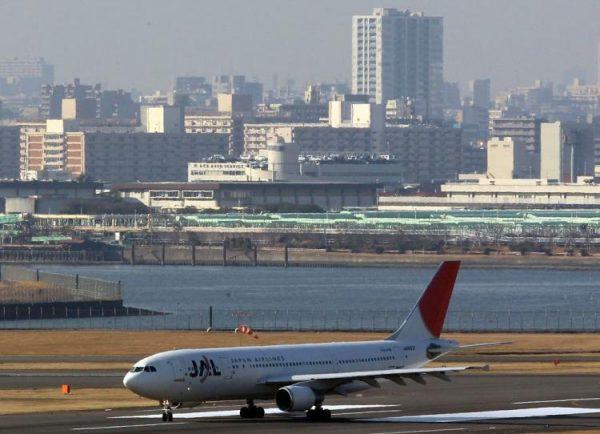
Japanese health minister Takemi Keizo confirmed at a government health meeting on Nov. 16 that from 2024, Japan will require travelers from six countries—China, the Philippines, Vietnam, Indonesia, Nepal, and Myanmar—to take tuberculosis (TB) tests before they enter Japan for visits exceeding three months, adding that many new TB patients in Japan come from those nations.
TB exhibits similar lung infection symptoms to the undiagnosed pneumonia and COVID-19, such as pulmonary nodules.
In late October, Japanese Health Minister Takemi Keizo urged China to share related information and data about the child pneumonia outbreak at a press conference, according to Japanese media.
